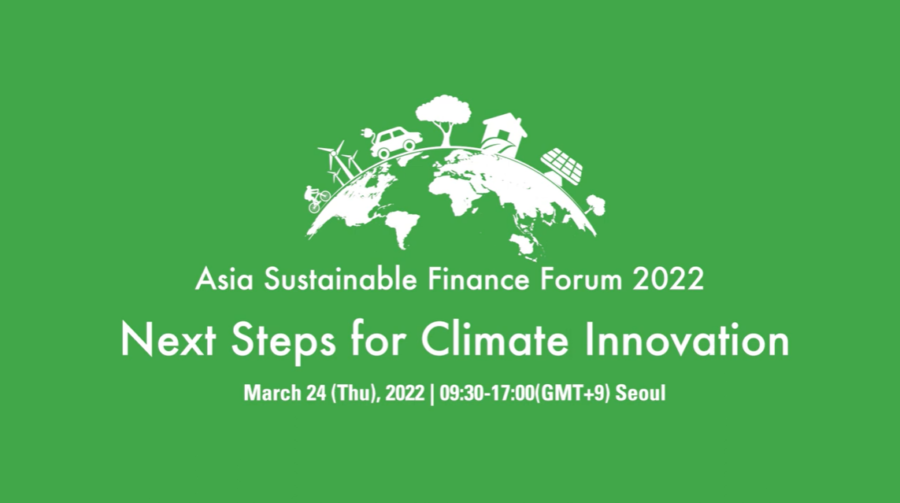The inaugural Asia Sustainable Finance Forum 2022, co-organized by a consortium of institutions including Stanford, brought together people in academia, industry and policy to work toward global net-zero transitions — negating greenhouse gas emissions for better climate health — in Asian economies.
The sharp rise in capital invested into the climate space indicates accelerating growth and interest in the field globally, according to Izadi.
This increase means that the Asia-Pacific economy, like the rest of the world, has rapidly developed its renewable power plants and energy-storage technologies over the past year.
Even so, there are currently three problems with the climate financing, according to Poland’s former Minister of Climate and Environment Michał Kurtyka.
He explained that it is important to develop reparations to accommodate for rises in taxes or the cost of living in less economically developed nations as a result of climate funding, as well as workforce transitions for fossil-fuel-industry employees.
From the private-sector perspective, regional players like global energy company Hanwha Energy Corporation took steps forward in phasing out their coal-fired power plants, moving to less harmful liquid natural gas power plants.
“The scale of required is enormous.
Ferro said that there is a need for better carbon pricing and market improvements in developing countries.
Managing carbon pricing and price signals across different nations “will require policy frameworks that encourage investments, including by putting a realistic price on carbon,” Ferro said.
The recent adoption of 24 climate financial reforms in the 26th United Nations Climate Change conference .
